Cutting camshafts is an intricate and vital element of engine manufacturing, reflecting the delicate balance between engineering excellence and precision machining that determines an engine’s operational efficacy. The camshaft, a crucial component of internal combustion engines, is responsible for controlling the timing of the valve openings and closings, which significantly influences the engine’s air-fuel mixture intake and exhaust gas expulsion. This process has a direct impact on engine timing, speed, and overall performance, making the accuracy of camshaft cutting paramount.
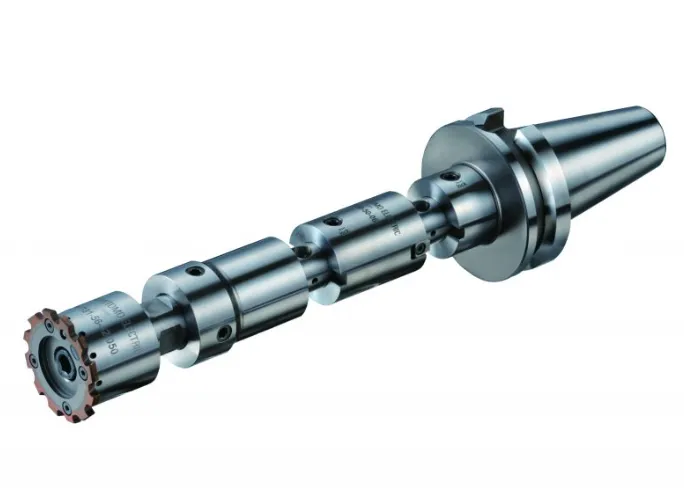 To achieve the complex geometries and precise dimensions required for effective camshaft performance, manufacturers employ advanced machining techniques, predominantly CNC milling and grinding. Each method has its unique advantages; for instance, CNC milling allows for the efficient production of cam lobes with various profiles, crucial for meeting specific performance requirements across different engine models. The use of high-precision cutting tools and specialized fixtures designed to support various camshaft configurations is essential; they ensure stability and maintain the necessary tolerances throughout the cutting process. Additionally,, advanced tool materials and coatings are utilized to withstand the intense wear and heat produced during machining hard materials like cast iron or high-strength steel, which are standard in modern camshaft manufacturing.
To achieve the complex geometries and precise dimensions required for effective camshaft performance, manufacturers employ advanced machining techniques, predominantly CNC milling and grinding. Each method has its unique advantages; for instance, CNC milling allows for the efficient production of cam lobes with various profiles, crucial for meeting specific performance requirements across different engine models. The use of high-precision cutting tools and specialized fixtures designed to support various camshaft configurations is essential; they ensure stability and maintain the necessary tolerances throughout the cutting process. Additionally,, advanced tool materials and coatings are utilized to withstand the intense wear and heat produced during machining hard materials like cast iron or high-strength steel, which are standard in modern camshaft manufacturing.
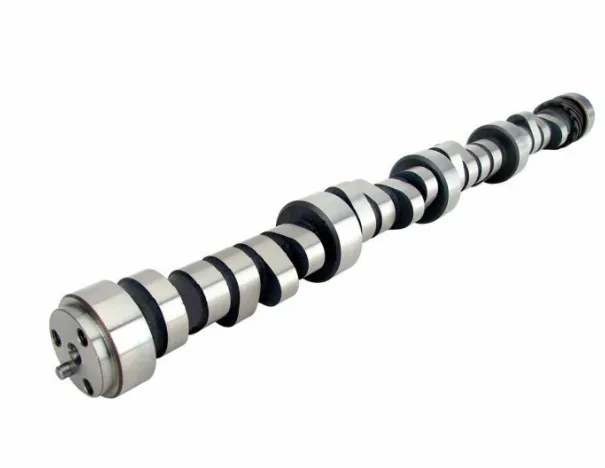
The implementation of progressive cutting strategies, such as peel milling, has notably revolutionized the camshaft cutting process. Peel milling is characterized by its ability to achieve high material removal rates while ensuring exceptional surface finish and dimensional accuracy. By utilizing a significant axial depth of cut with minimal radial engagement, peel milling minimizes cutting forces, thereby reducing tool wear and extending tool life, which not only improves productivity but also enhances the quality of the finished product.
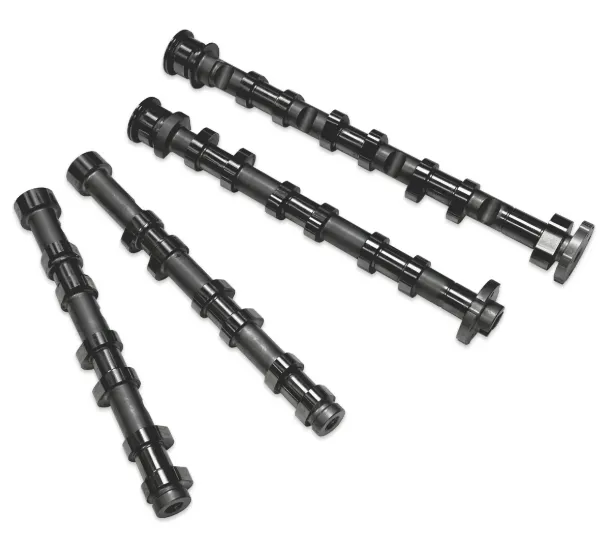
Beyond the physical machining aspects, the cutting of camshafts must also comply with increasingly stringent industry standards and emissions regulations. As legislative bodies impose tighter controls on emissions and fuel efficiency, the role of precision cutting becomes even more critical. Manufacturers are thus required to stay ahead of the curve by adopting cutting-edge technologies, integrating automation, and utilizing advanced software for simulation and design to optimize camshaft profiles for maximum efficiency and performance.
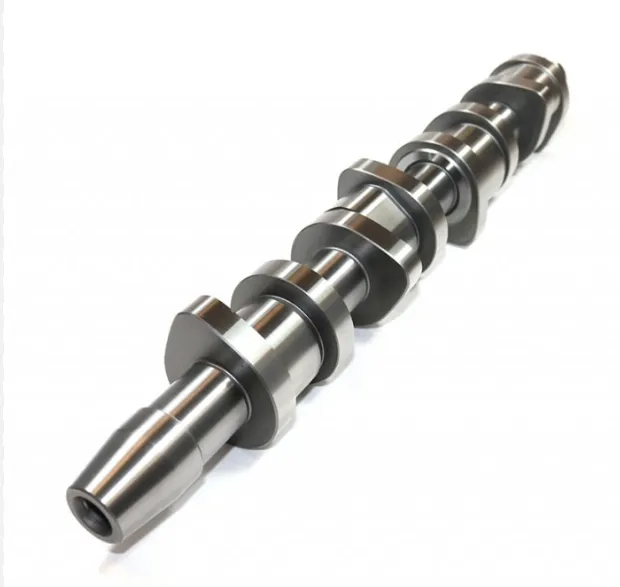
Furthermore, advancements in measurement and testing technologies, including coordinate measuring machines (CMM) and optical measuring systems, allow for real-time feedback on machining accuracy. This ability to monitor and adjust during the manufacturing process ensures that each camshaft produced not only meets but exceeds quality expectations. As the automotive industry shifts towards electric and hybrid technologies, the principles of precision machining remain foundational. New camshaft designs for alternative engines require the same commitment to accuracy and performance, ensuring that cutting technologies continue to evolve in tandem with engine designs.
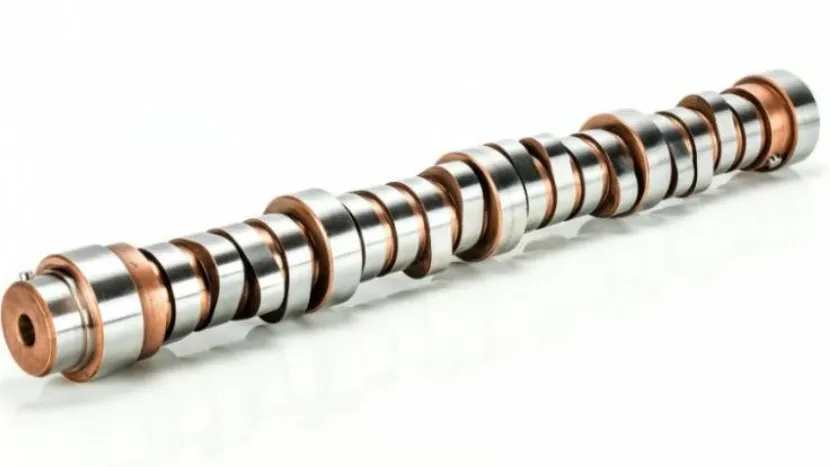
In summary, cutting camshafts is not merely an aspect of engine production; it represents a sophisticated interplay of design, technology, and precision engineering, driving the future of automotive performance. The ongoing innovation in cutting processes and tools supports the industry’s aspiration toward higher performance outputs, more efficient fuel consumption, and reduced emissions, making it an exciting time for manufacturers and engineers alike.




